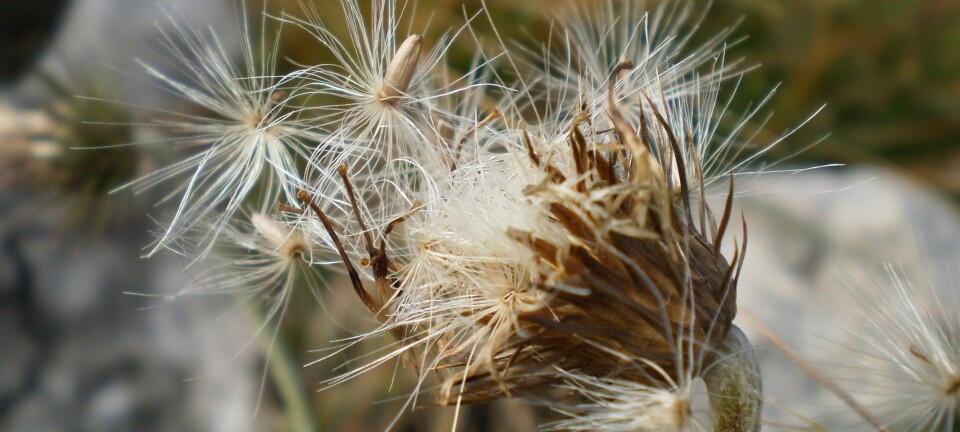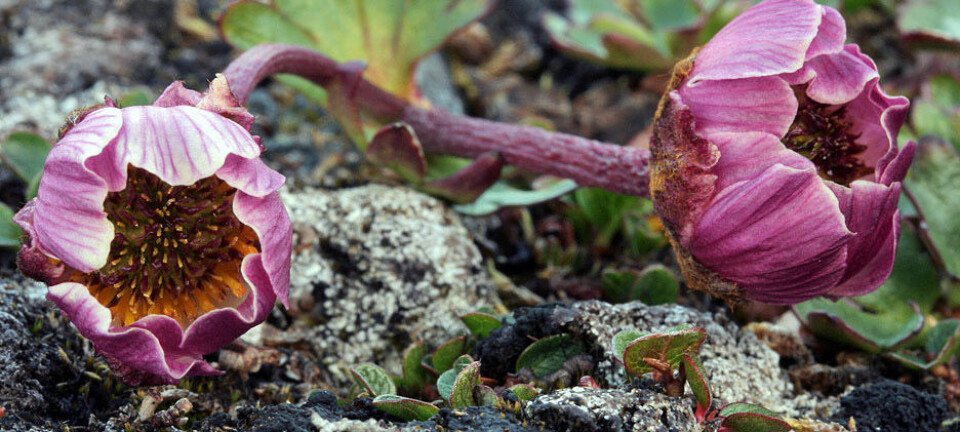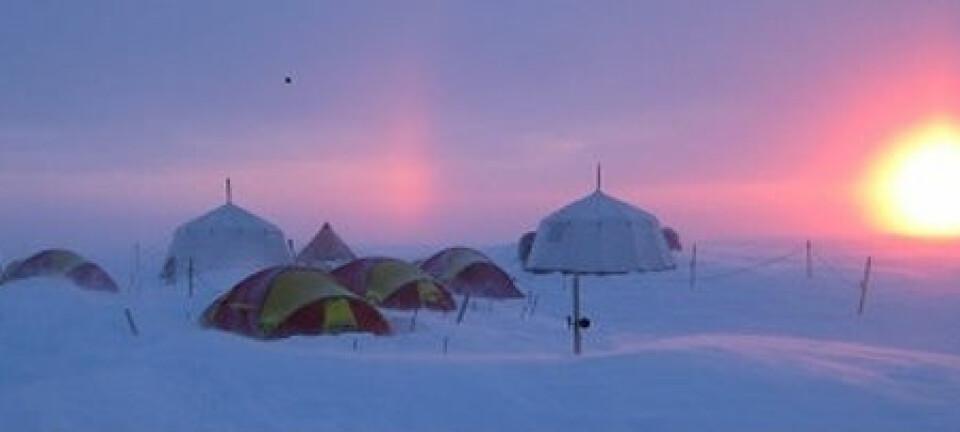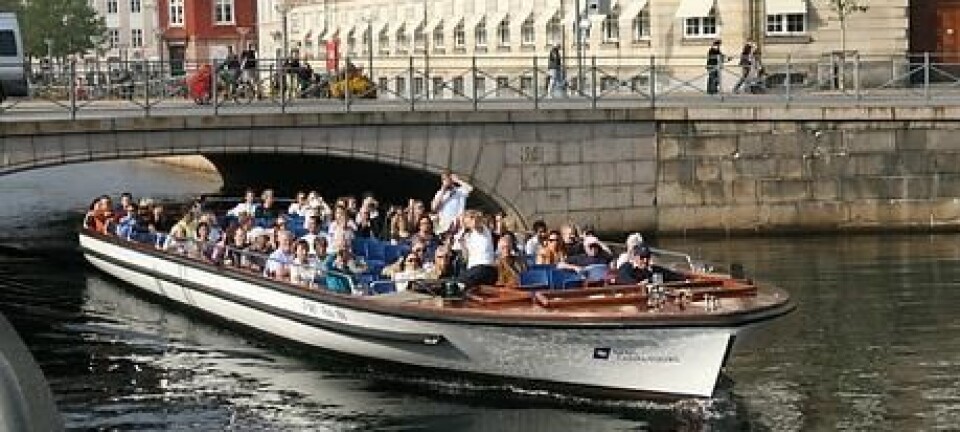This article was produced and financed by The Fram Centre

Tourists bring alien seeds
Tourists can unwittingly bring alien plant species to Svalbard. Increased travel activity and expected temperature increases might alter the island's ecosystem.
Denne artikkelen er over ti år gammel og kan inneholde utdatert informasjon.
Between 1995 and 2004 there was a 255 percent increase in the number of tourists visiting the Artic archipelago, according to the Governor of Svalbard.
During 2008, almost 69,000 travellers (locals, tourists and visiting scientists) arrived at the Longyearbyen airport. In addition, around 30,000 cruise ship passengers go ashore in Svalbard annually.
Today, there are 165 native plant species in Svalbard. Until recently, two factors helped maintain ecological integrity in the High Arctic and Antarctica: low frequency of visits by humans and a cold climate.
Now, both these factors are changing in Svalbard: human traffic is getting heavier and the temperatures are gradually rising.
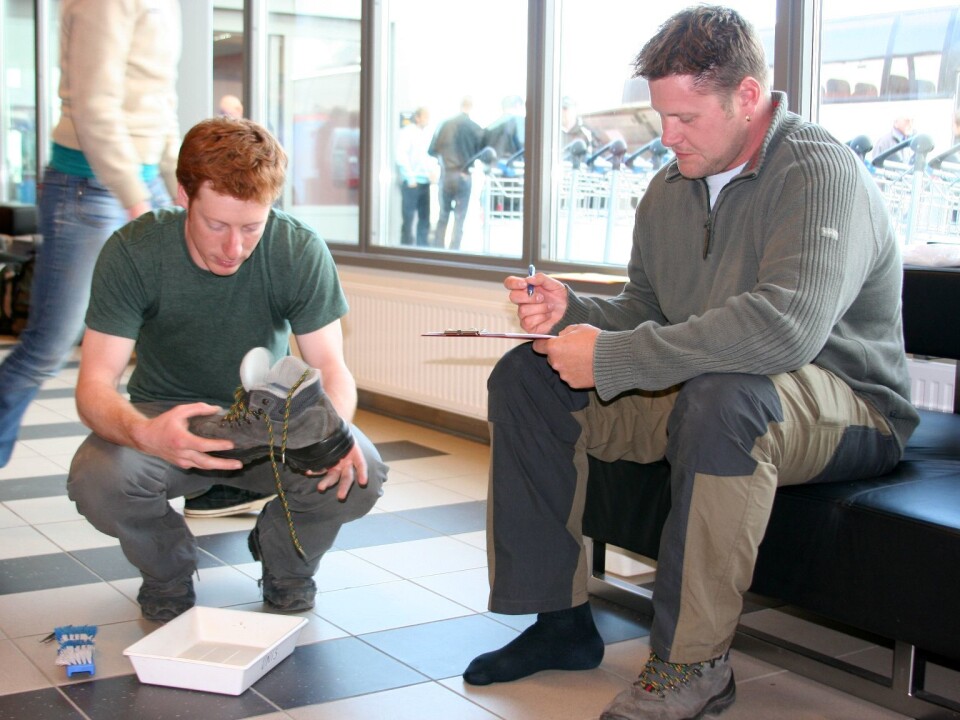
Scientists from the University Centre in Svalbard (UNIS), Tromsø University Museum and the Australian Antarctic Division have now published the results from an experiment conducted in 2008 that shows that increased travel activity will lead to the introduction of alien plant species to Svalbard.
Free shoe-cleaning
In the summer of 2008 Chris Ware had an unusual offer for passengers arriving at Longyearbyen airport: he would clean their shoes free of charge.
By scraping soil off the soles of the shoes, collecting any plant seeds embedded in the soil and then planting them in a climate that simulated the summer season, Ware wanted to find out whether alien plant species could be introduced and successfully established in the archipelago.
Samples from a total of 259 pairs of shoes were collected between June and September 2008.
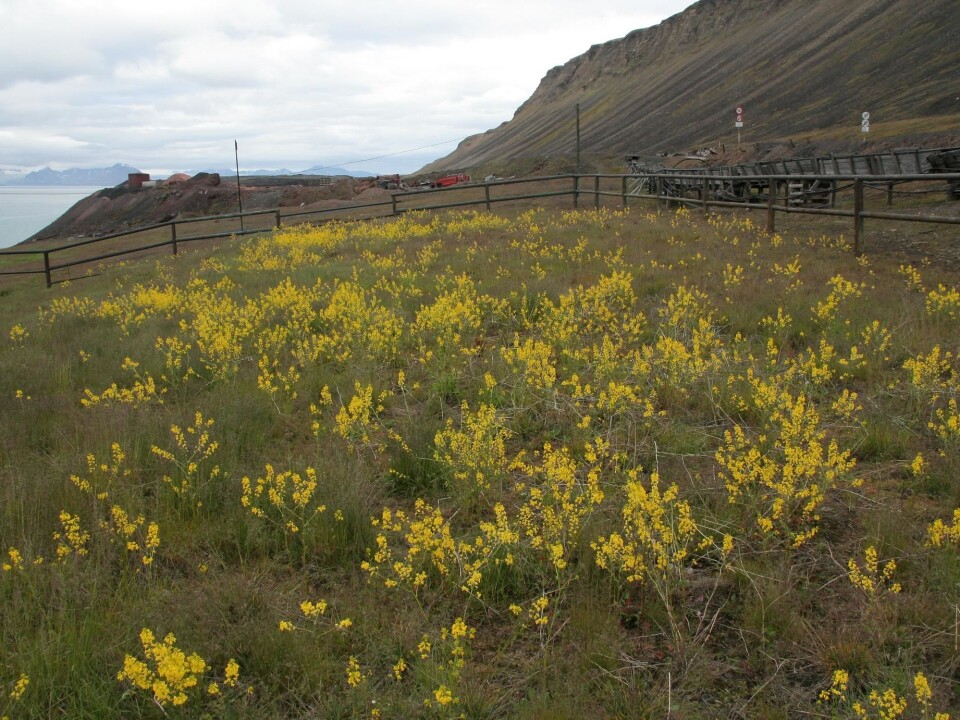
The travellers that participated also filled out a questionnaire about when they had last cleaned their shoes, whether the shoes had been in use in the three previous months and if so, in what type of environment, forest, alpine or city.
“A total of 1019 seeds from 53 plant species were found. Only two species were native Svalbard plants, the rest were plant species not known to Svalbard,” says Chris Ware.
300000 seeds annually
If 1019 seeds arrived on 259 pairs of shoes, that gives an average of 3.9 seeds per person. If this average number is representative for the whole year, then up to 300000 seeds could potentially be carried to Svalbard on the footgear of unsuspecting travellers.
The seeds Chris Ware collected were planted in an environment that simulated summer in Svalbard. The temperature 10°C was chosen to match the average summer soil temperatures recorded from a number of Svalbard sites. Twenty-four-hour sunlight goes without saying.
The seeds were monitored for 48 days to see if they germinated successfully.
Twenty-six percent of the seeds (266 out of 1019) germinated under the test conditions. Eighty-seven percent of those germinated within 14 days, the rest within 48 days, which is well within the growing season in Svalbard.
Focus on biosecurity
“This study demonstrates that people arriving in Svalbard pose an identifiable hazard to the local environment through the introduction of alien plant seeds that are capable of germination even under current climatic conditions,” says project leader Inger Greve Alsos.
“These findings can be an important contribution in a future discussion about a more conservative approach to regional biosecurity, so that the ecological and genetic integrity of the local flora can be maintained,” says Alsos.
The entry points to Svalbard have no biosecurity policy that corresponds to the strict policies enforced in New Zealand (Biosecurity New Zealand 2010) and by Antarctic tour operators (IAATO 2010).
The Governor of Svalbard and the Norwegian Polar Institute will soon write a management action plan concerning introduction of non-indigenous plant species to Svalbard. Maybe some time in the near future, travellers to Svalbard must pass through a cleaning process before they can leave Longyearbyen airport and walk out onto Svalbard soil.
The project received financial support from the Svalbard environmental protection fund.







